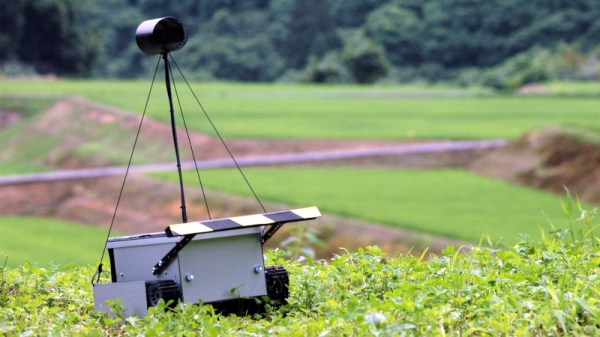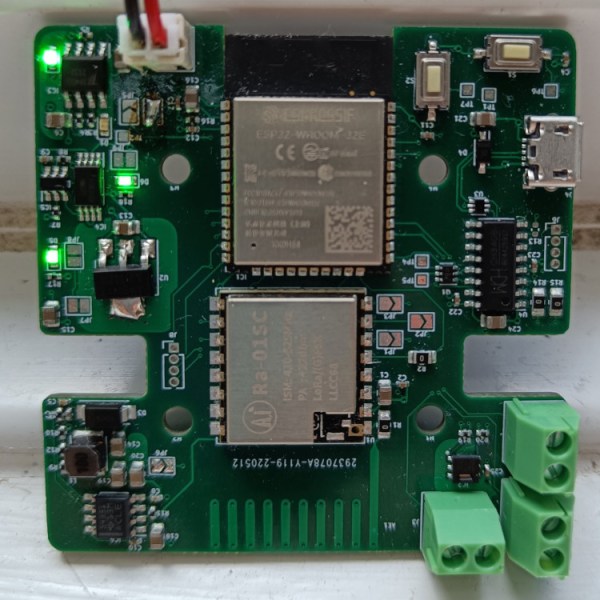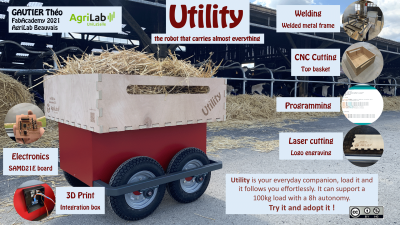Most small-scale, residential rainwater harvesting systems we’ve seen rely on using an existing roof and downspout to collect water that would otherwise be diverted out into the environment. These are accessible for most homeowners since almost all of the infrastructure needed for it is already in place. [SuburbanBiology] already built one of these systems to take care of his potable water, though, and despite its 30,000 gallon capacity it’s not even close to big enough to also water his garden. But with some clever grading around his yard and a special rainwater system that harvests rain from the street instead of his roof, he’s capable of maintaining a lush food forest despite living through a drought in Texas.
For this build there are actually two systems demonstrated, one which is gravity-fed from the road and relies on one’s entire property sloping away from the street, and a slightly more complex one that’s more independent of elevation. Both start with cutting through a section of sidewalk to pass a 4″ PVC pipe through to the street where the stormwater runoff can be collected. The gravity-fed system simply diverts this into a series of trenches around the property while the second system uses a custom sump pump to deliver the water to the landscaping.
For a system like this a holding tank is not necessary; [SuburbanBiology] is relying on the soil on his property itself to hold onto the rainwater. Healthy, living soil can hold a tremendous amount of water for a very long time, slowly releasing it to plants when they need it. And, at least where he lives, a system like this is actually helpful for the surrounding environment as a whole since otherwise all of the stormwater runoff has to be diverted out of the city or cause a flood, and it doesn’t end up back in an aquifer. If you’re more curious about a potable water system instead, take a look at [SuburbanBiology]’s previous system.





















